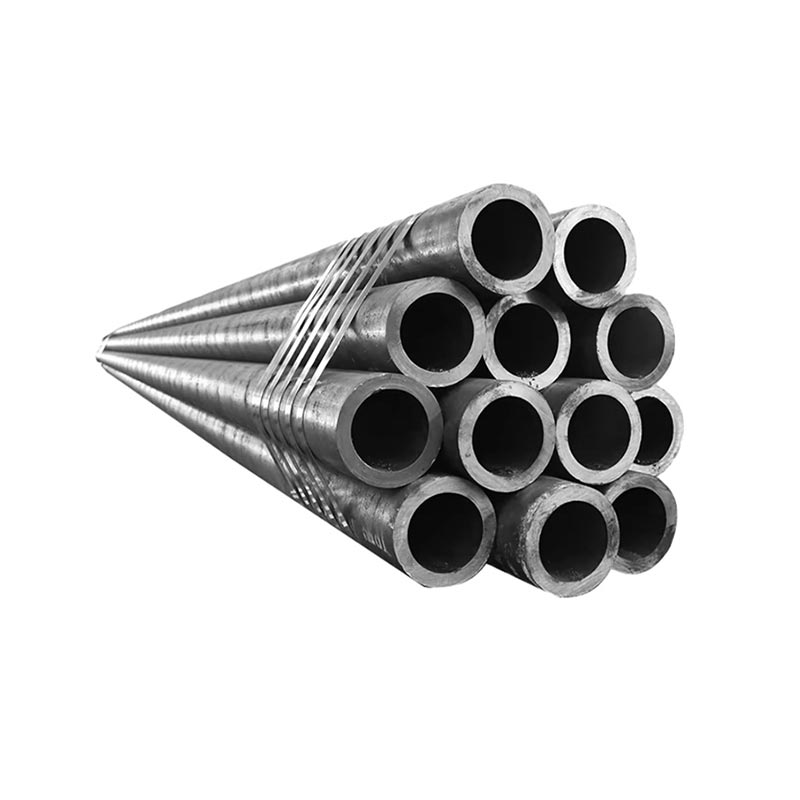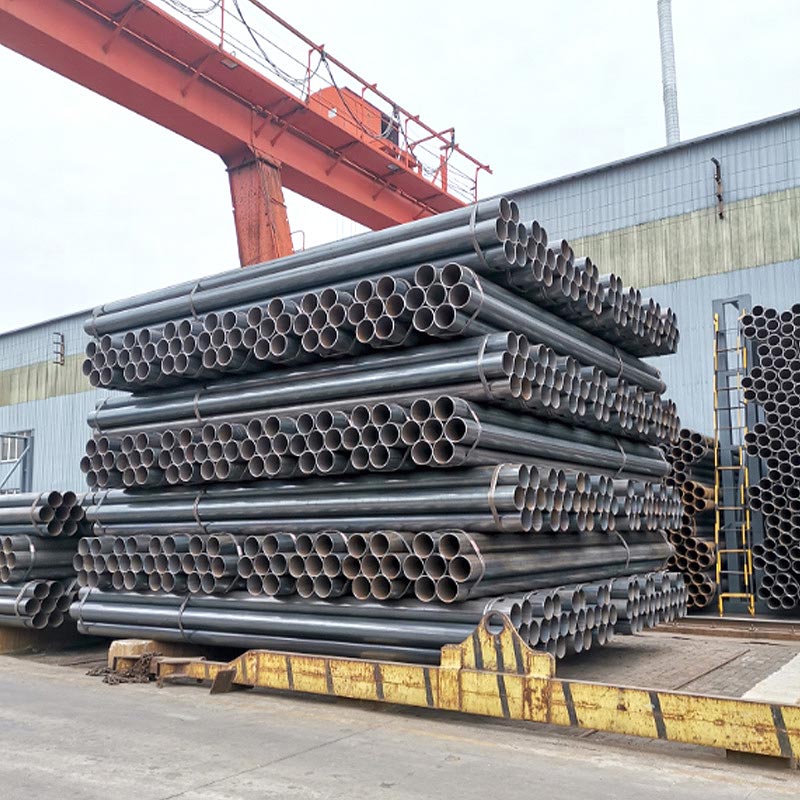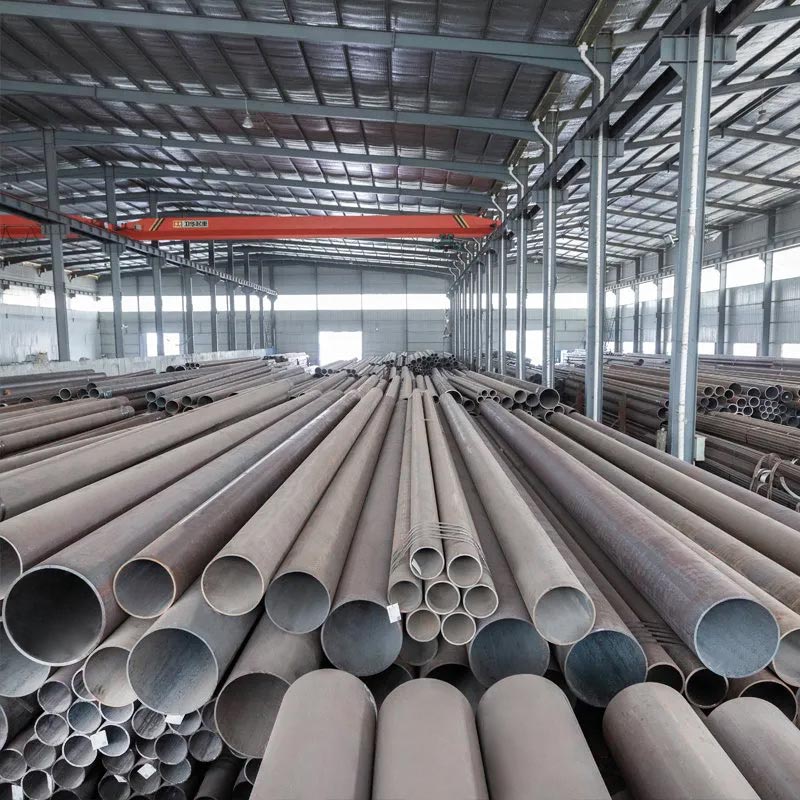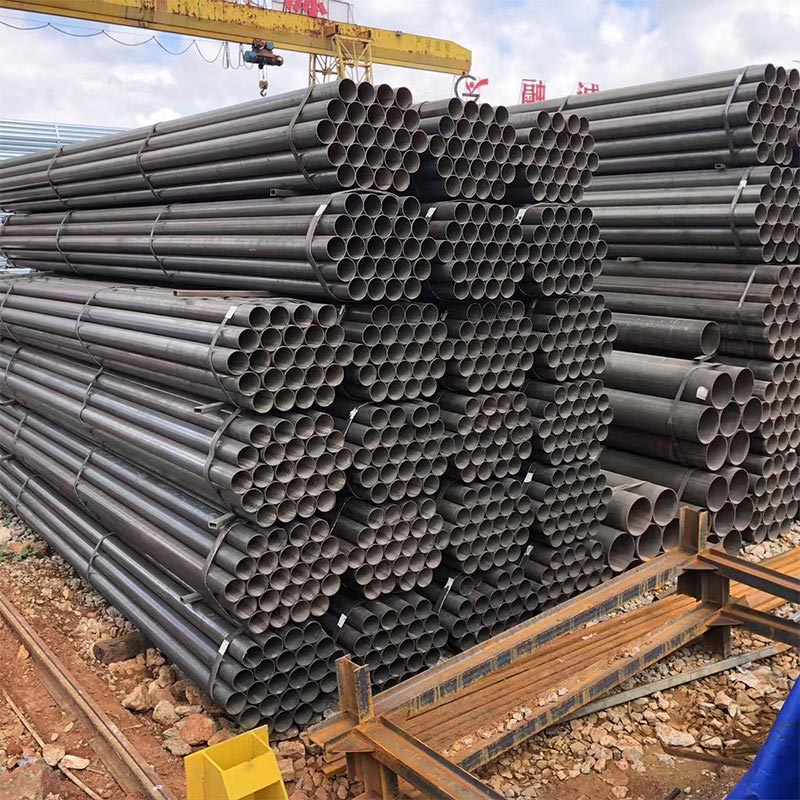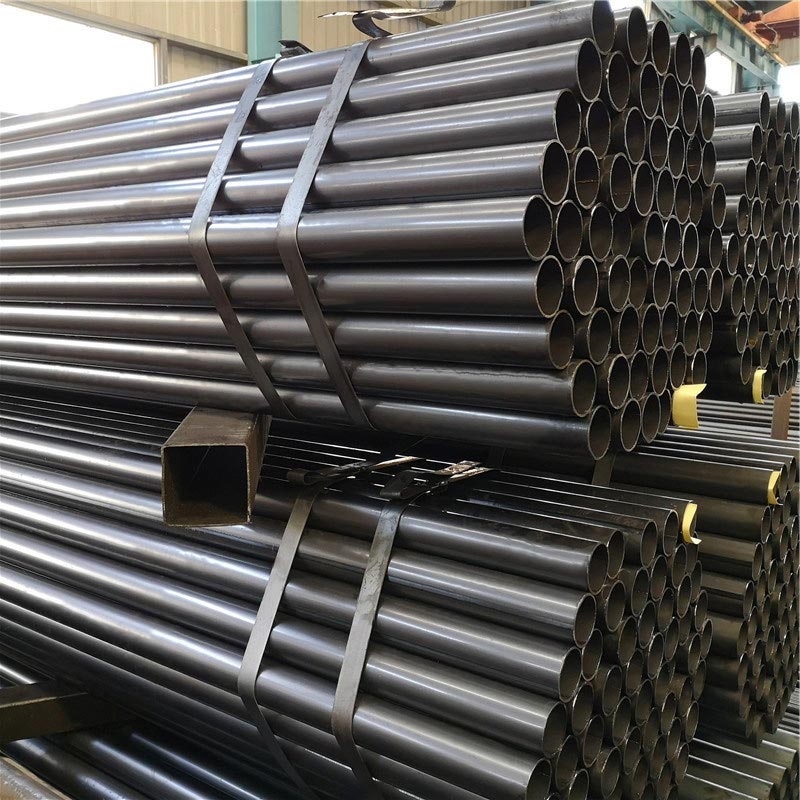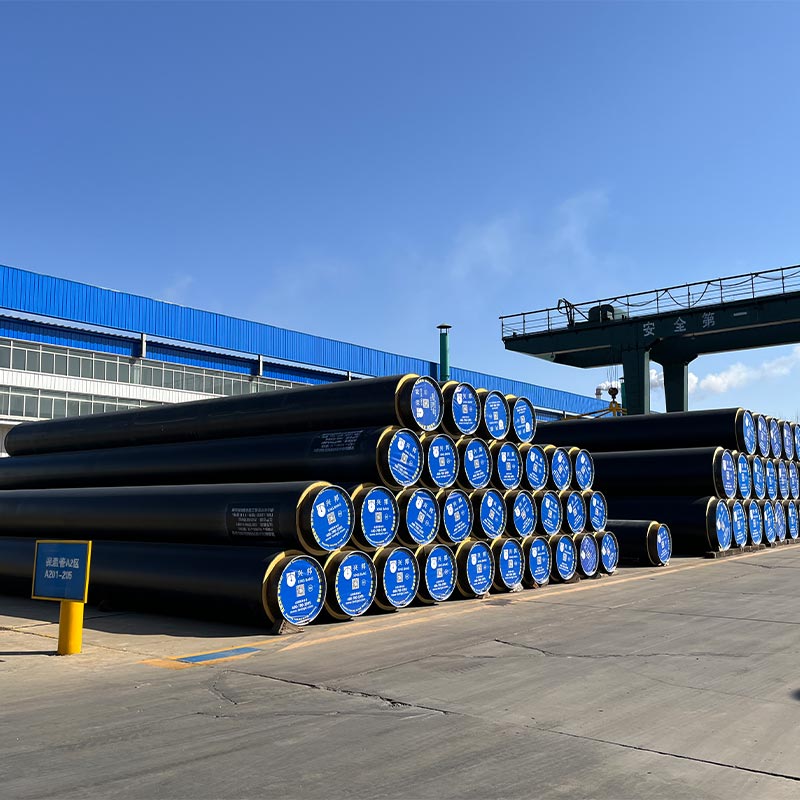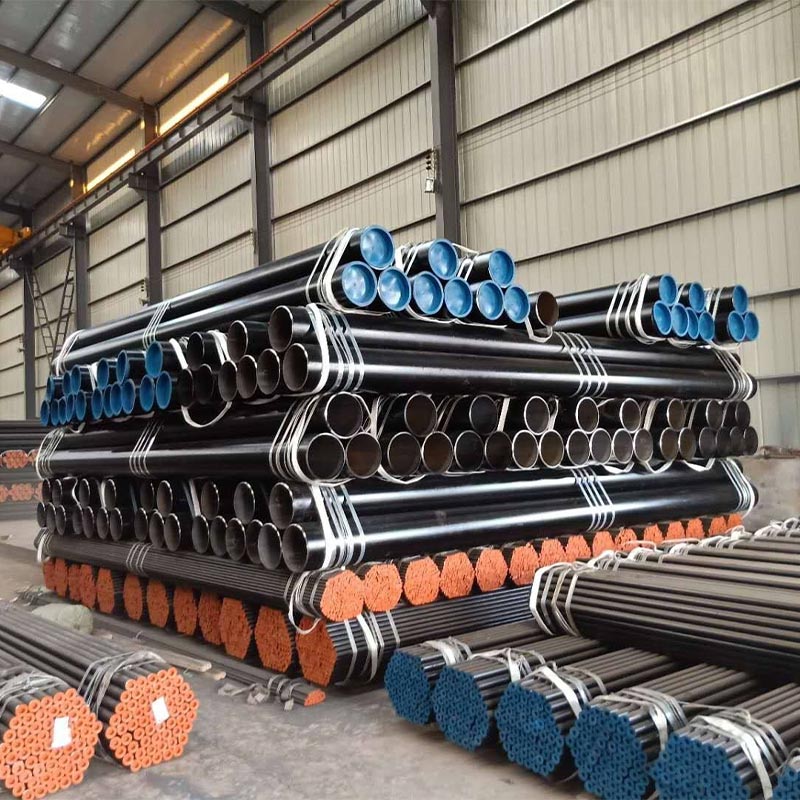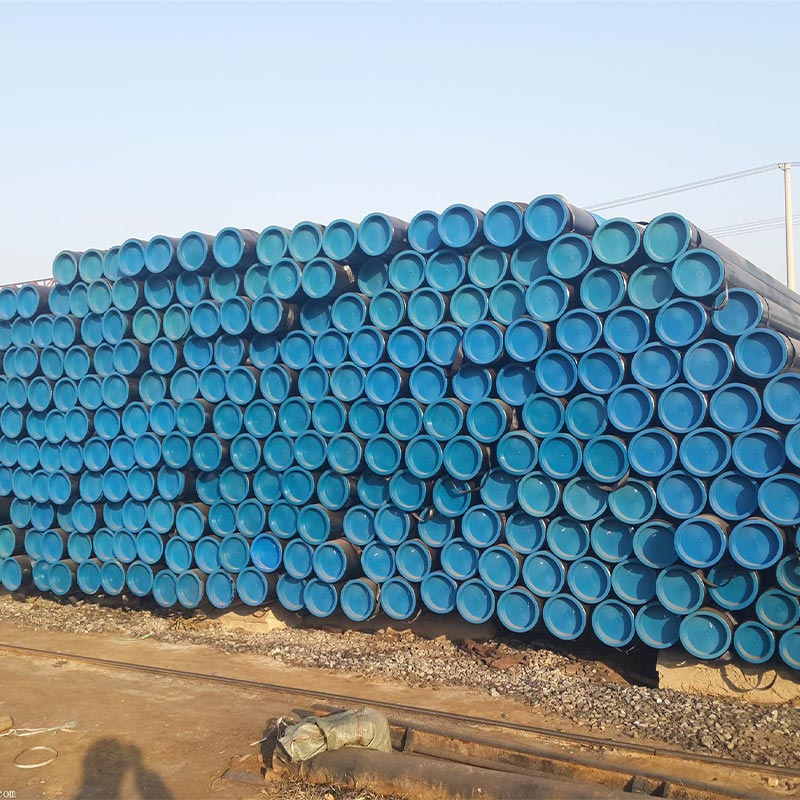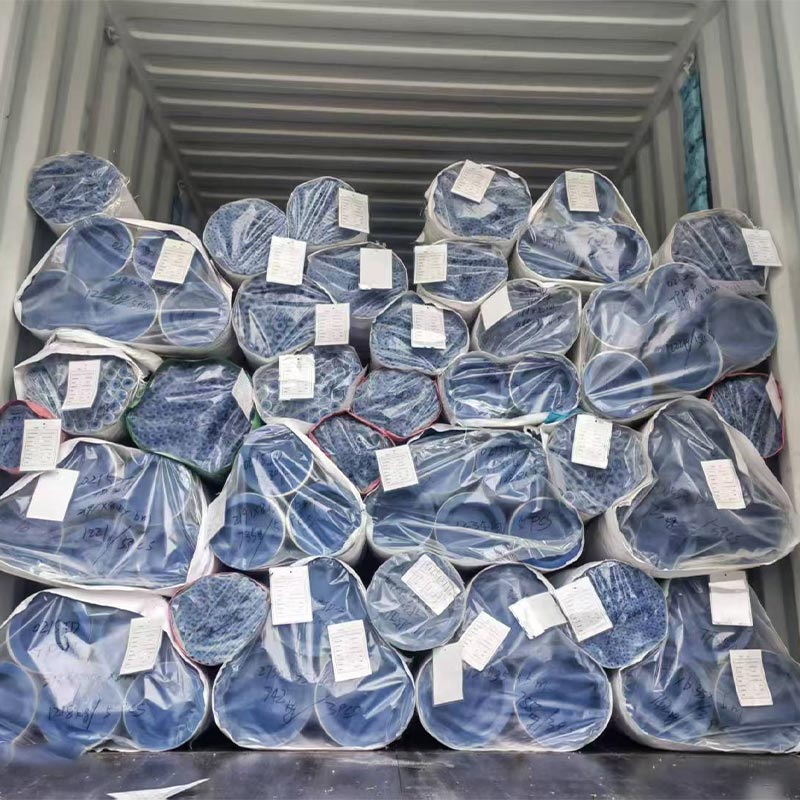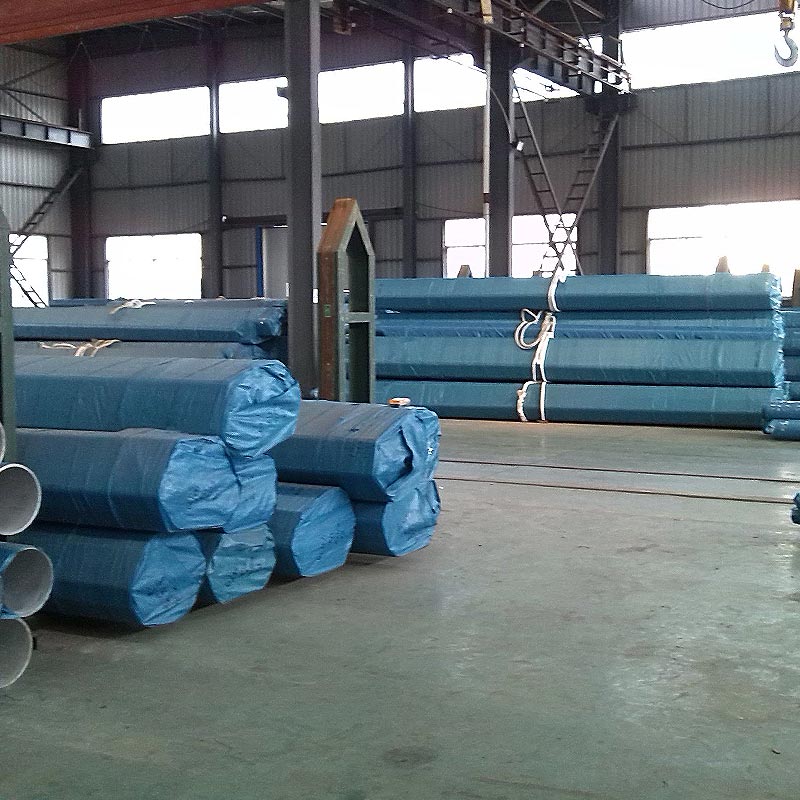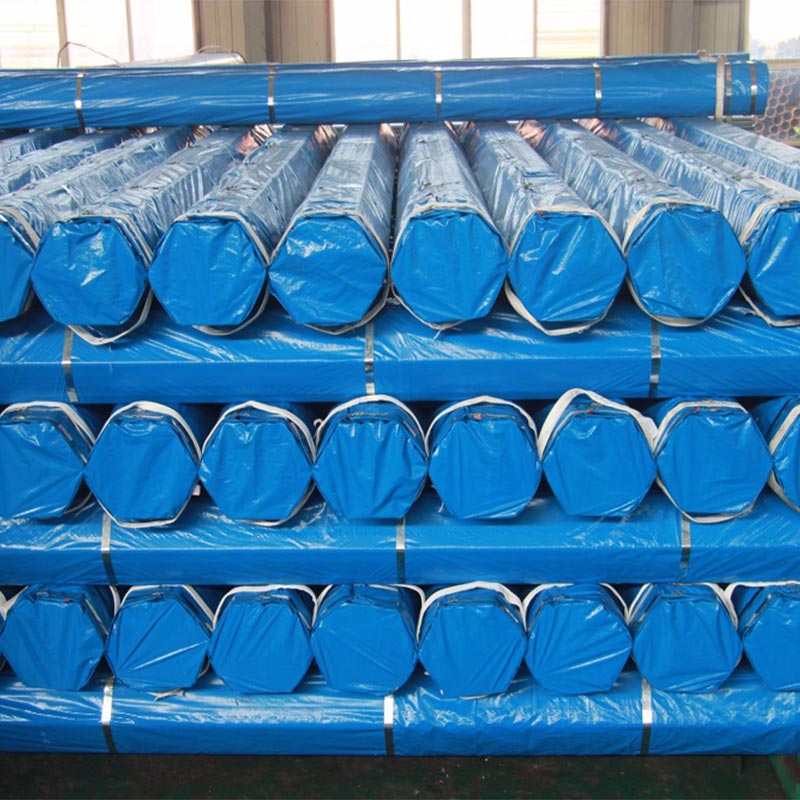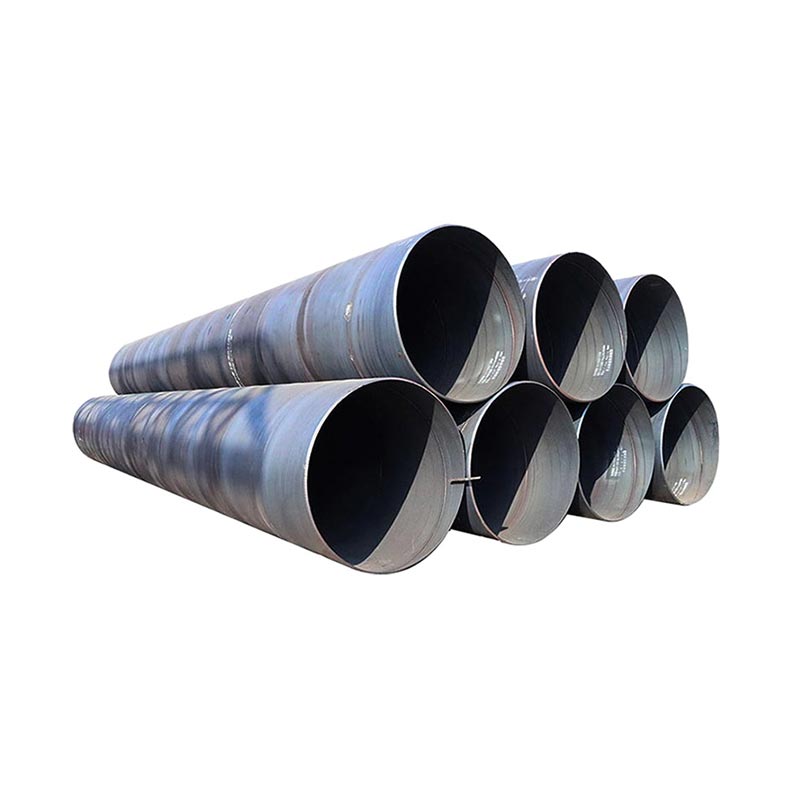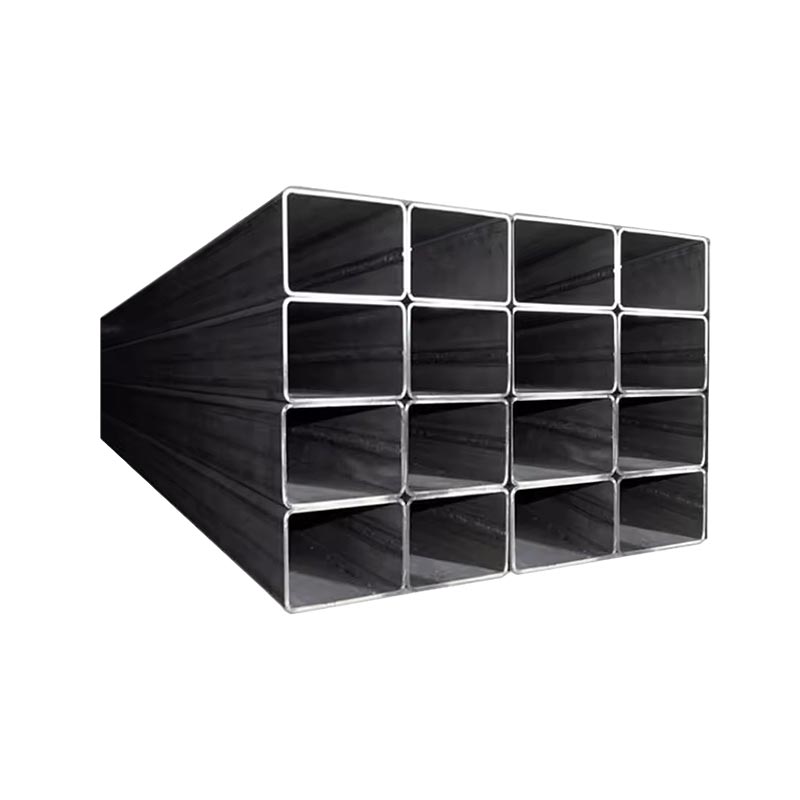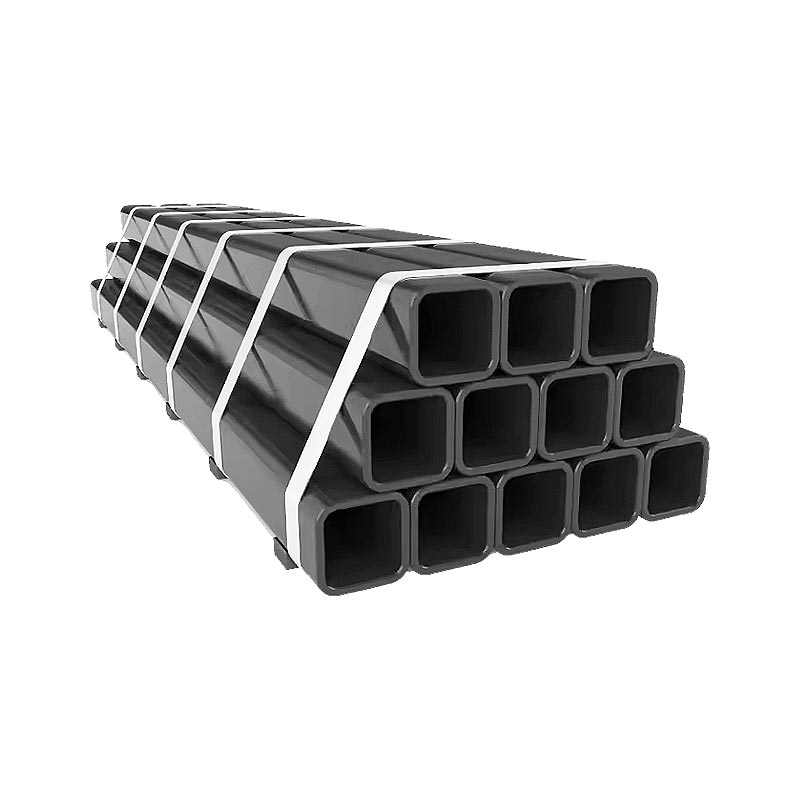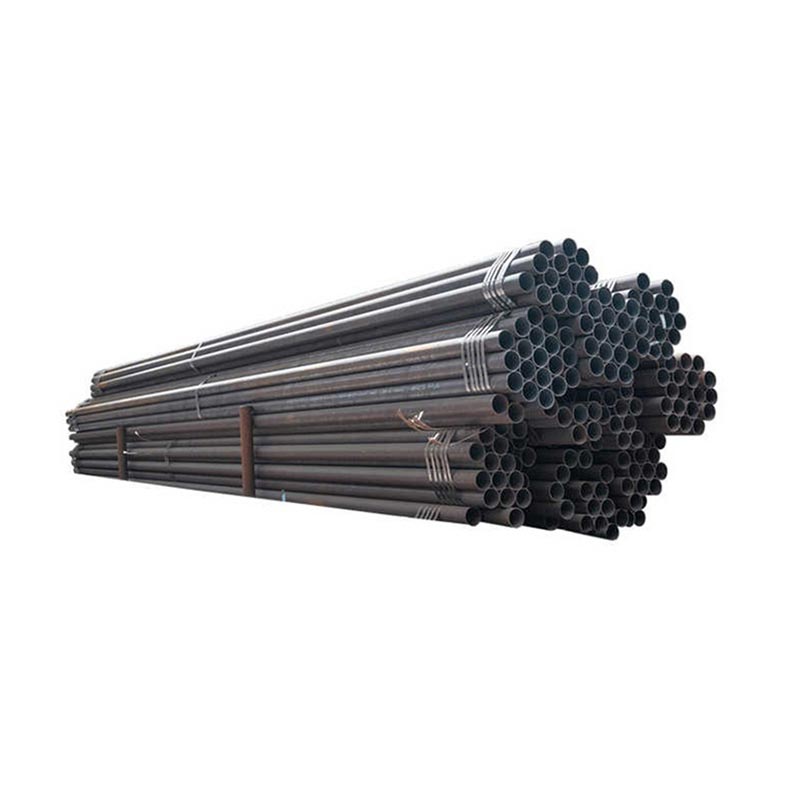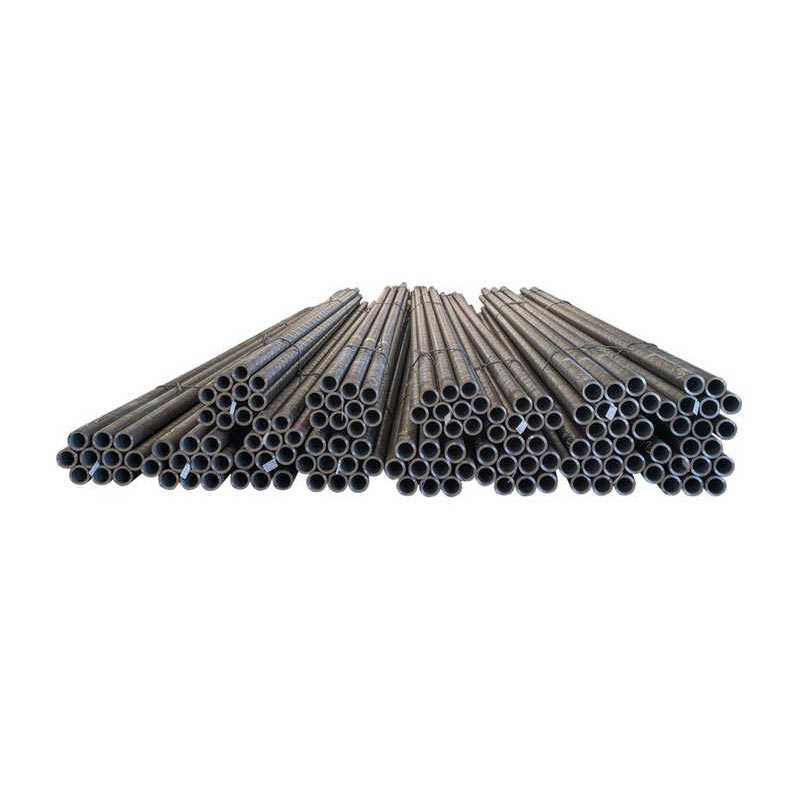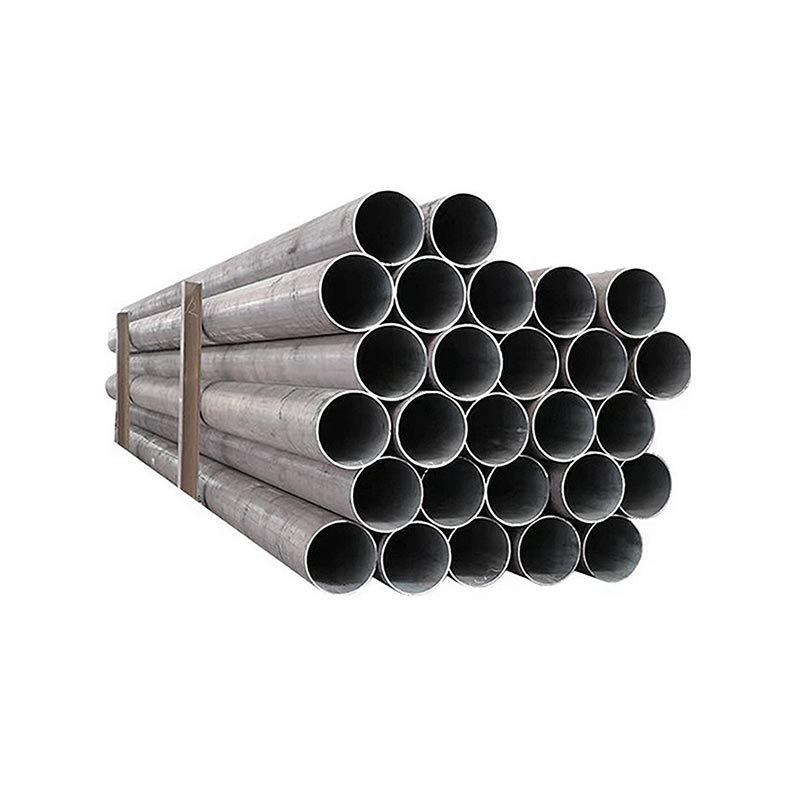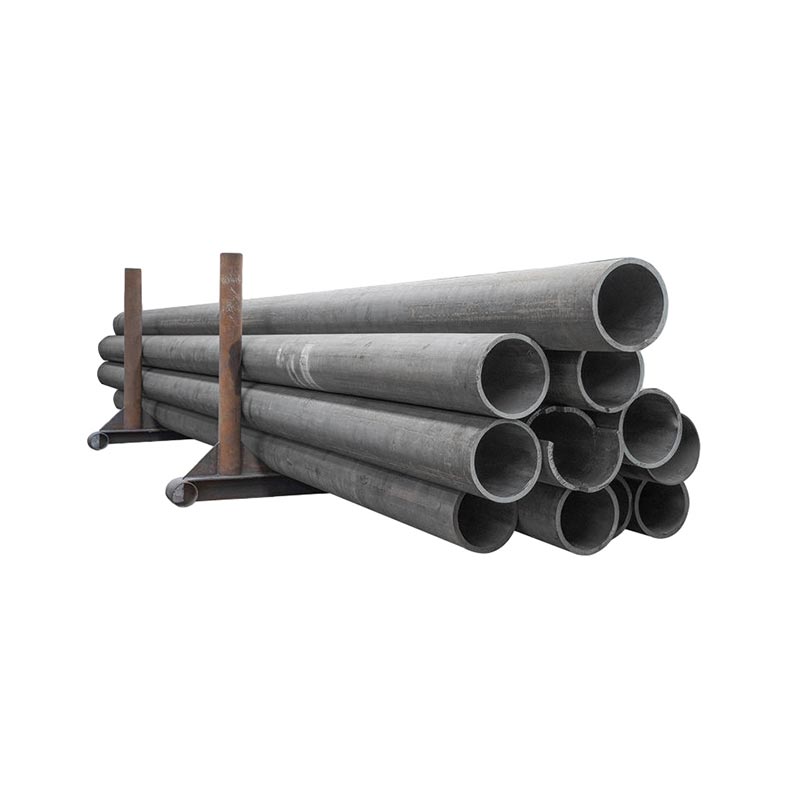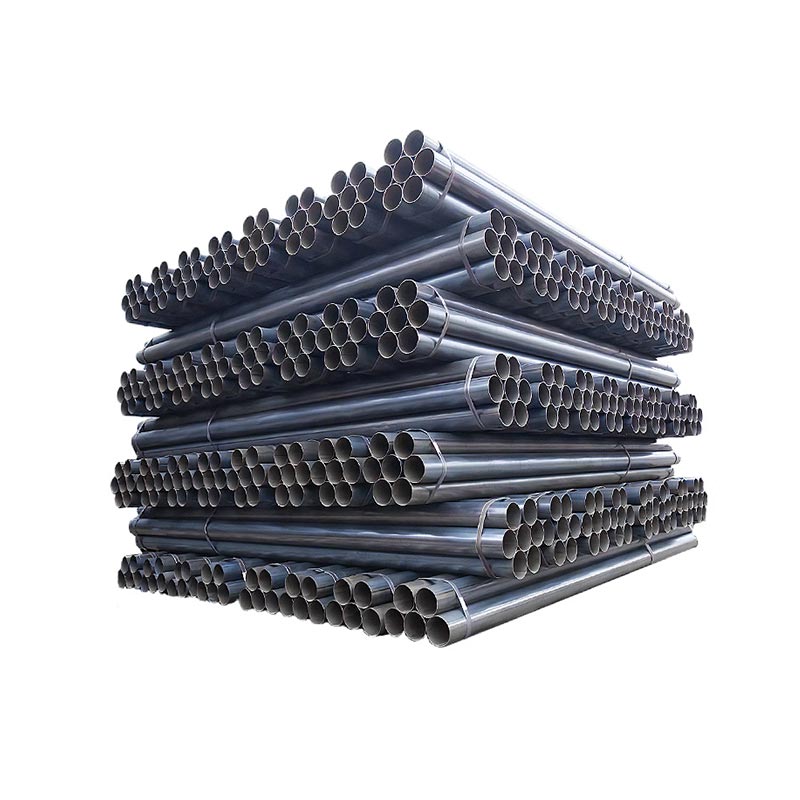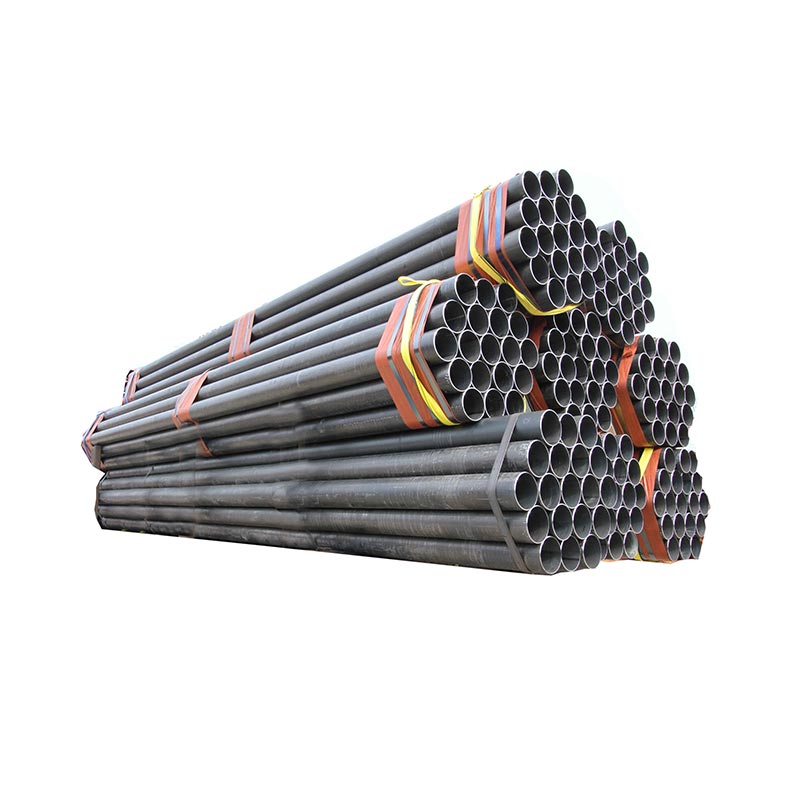Carbon Steel Pipe
● A carbon steel pipe is a cylindrical tube made from carbon steel, an alloy of iron and carbon with trace elements. Classified by carbon content (low, medium, high), it balances strength, durability, and cost-effectiveness.
● Low-carbon pipes (e.g., A53) excel in weldability and ductility, used for water, gas, or structural applications. Medium-carbon types offer higher strength, suited for industrial pipelines. High-carbon variants, though harder, are less common due to reduced flexibility.
● Widely used in construction, oil/gas, and manufacturing, these pipes come in various sizes and wall thicknesses, with seamless or welded designs, serving fluid transport and structural roles.
View Video
A179 Seamless Carbon Steel Tube
A179 seamless carbon steel tube is an ASTM-standard material, primarily for heat exchanger and condenser applications. Made from low-carbon steel, it offers excellent thermal conductivity and formability. Its seamless construction ensures uniform wall thickness and reliability under high-temperature, moderate-pressure conditions. Widely used in power plants, chemical processing, and industrial cooling systems, it efficiently transfers heat, with good weldability for system integration. A cost-effective choice for heat transfer needs in demanding environments.
Get A Quick Quote!
You Can Leave Us A Message
or Send Us An Email!
Product Details
Product Parameters
Packaging and Transportation
Related Products
Leave Us Message
Please give us a message
What are you lookking for?

